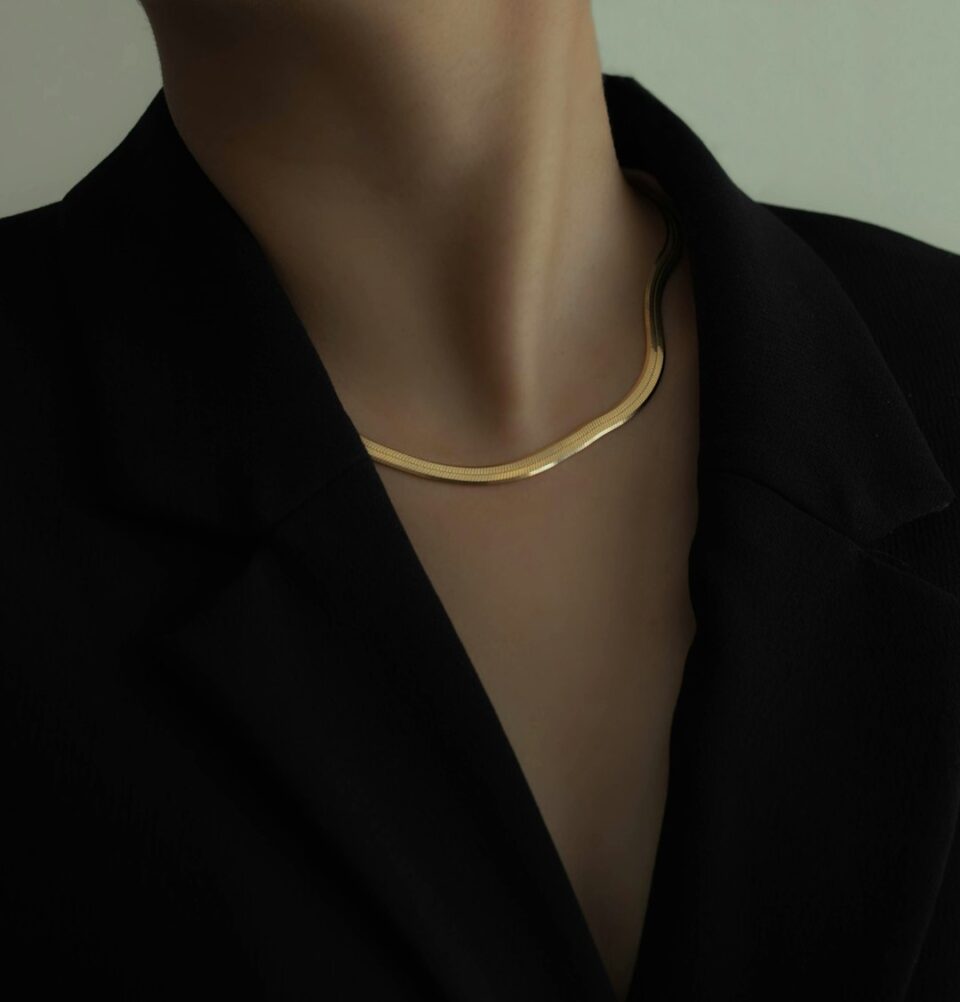In recent years, the fashion industry has seen a significant shift towards gender-neutral clothing. What was once considered unconventional is now becoming more mainstream, with many designers and brands embracing androgynous styles. This rise of gender-neutral fashion is not just a passing trend, but a movement towards inclusivity and breaking down traditional gender norms in clothing.
Gender-neutral fashion is all about blurring the lines between masculine and feminine styles. It is about creating clothing that is not limited by traditional gender roles and cater to individuals of all gender identities. This movement is not only about making fashion more inclusive, but also about challenging the binary thinking that has long dominated the fashion industry.
One of the key reasons behind the rise of gender-neutral fashion is that consumers are becoming more conscious about the social constructs that dictate what is considered “appropriate” clothing for different genders. People are increasingly rejecting the idea that clothing should be limited to certain genders, and are seeking out clothing that allows them to express themselves freely, regardless of their gender identity.
Another factor contributing to the rise of gender-neutral fashion is the increasing visibility of gender non-conforming individuals in the media and popular culture. As more and more people come out as non-binary, genderqueer, or genderfluid, the demand for clothing that aligns with their gender identity has grown. This has led to a greater recognition of the need for gender-neutral clothing options in the fashion industry.
In response to this demand, many designers and brands are now offering gender-neutral collections that cater to a wide range of body types and gender expressions. These collections often feature simple silhouettes, neutral colors, and unisex sizing, making them accessible to individuals of all genders. By embracing gender-neutral fashion, designers are not only tapping into a new market, but also sending a powerful message about inclusivity and diversity.
One of the most prominent figures in the gender-neutral fashion movement is designer Rad Hourani, who launched the world’s first unisex haute couture label in 2007. Hourani’s genderless designs challenge traditional notions of femininity and masculinity, and have paved the way for other designers to explore gender-neutral fashion. In recent years, major fashion houses such as Gucci, Saint Laurent, and Rick Owens have also debuted gender-neutral collections, signaling a shift towards more gender-inclusive fashion.
The rise of gender-neutral fashion has also been embraced by many celebrities and influencers, who have become vocal proponents of gender fluidity in clothing. Stars like Jaden Smith, Ruby Rose, and Ezra Miller have all made headlines for their gender-bending red carpet looks, inspiring their fans to experiment with their own style. By using their platform to promote gender-neutral fashion, these celebrities are helping to normalize and popularize the movement.
Despite the progress that has been made in the realm of gender-neutral fashion, there is still much work to be done. Many mainstream fashion brands continue to adhere to traditional gender norms, offering limited options for individuals who do not fit into the binary categories of male or female. This lack of representation can be alienating for non-binary and genderqueer individuals, who may struggle to find clothing that aligns with their gender identity.
Moving forward, it is crucial for the fashion industry to continue expanding its range of gender-neutral options and promoting diversity and inclusivity in its designs. By embracing gender-neutral fashion, designers and brands have the opportunity to spark important conversations about gender identity and challenge outdated stereotypes. As the movement towards gender neutrality continues to gain momentum, it is clear that the future of fashion is inclusive, diverse, and gender-fluid.


